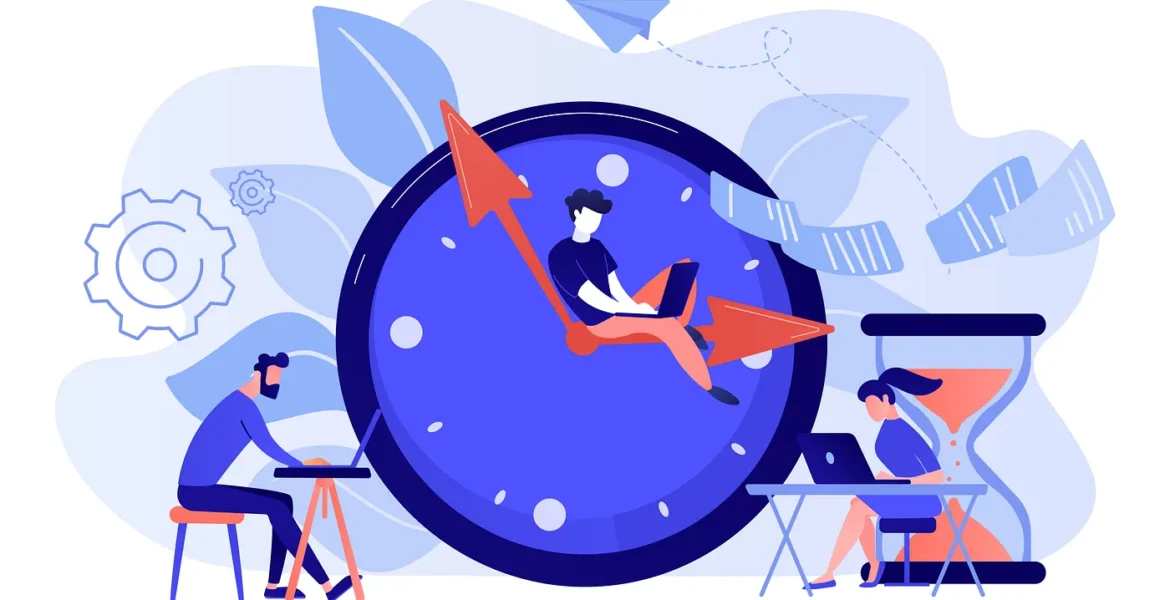Every Second Counts

Digital marketing is obsessed with easy-to-understand measurement units. ‘Impressions’ have been a key measurement tool for online ads since the start of the Internet and continue to be a significant metric, especially for display-based marketing tactics. The concept of how many times my message was seen is easy to grasp and allows us to compare different campaigns and track progress. It’s a metric that is easy to understand, even if you are not a marketer.
Impressions also make it easy for publishers to establish pricing. Advertisers can pay based on how many times their message has been received. CPM-based pricing continues to be the standard for the online ad industry and this includes podcasting.
In the world of content marketing measurements like ‘views’ have been an important tool to gauge the success of any campaign. Generally, we feel that the more people have seen my piece of content, the more successful it has been. And everyone’s trying to get the biggest number possible because it looks great on the spreadsheet and feeds into our ego. Views are often also publicly available: YouTube for example has a counter prominently displayed. Even though many social media services might not show you the number of views, ‘likes’ have become a proxy for the approximate popularity of any piece of content.
However, YouTube recognized the limitation of ‘views’ as the gold standard of success measurement very early on and changed their key metric from views to ‘watch time.’ The length of time that people watch your videos is a key driver of how they get recommended as part of their YouTube algorithm and YouTube bumper ads allow you to make more money as people watch your videos for longer.
Let’s bring this back to podcasting: what happens when you focus less on downloads and more on how long your show kept listeners captivated? In other words, what if we measured the total amount of time that people listened to your shows? Let’s call this measurement ‘seconds of attention.’
How many seconds of attention do you get through a successful podcast? Let’s do the math.
For brands, comparing the ‘seconds of attention’ of their podcast to the ‘seconds of attention’ of a podcast ad campaign becomes very interesting: say you reach 100,000 people with your 30-second ad (and let’s assume, optimistically, no one skipped it) you will see 3,000,000 seconds of attention to your message. If we compare this to a podcast episode of 30 minutes with an average completion rate of 85% and 10,000 listeners to this episode you will see 15,300,000 seconds of attention. In this example, you’ve only reached a tenth of the people with the original podcast but your total seconds of attention accumulated is more than five times greater than what was gained through the ad campaign.
Let’s bring another dimension to this. Let’s consider the quality of the attention of an interruption-based ad campaign versus an original podcast. Those 100,000 people you reached through your ad campaign would’ve tolerated your message but certainly have not asked for it in advance. The audience that you reach through your original podcast has opted in, choosing to spend time with your brand in the space of your show. Isn’t that worth a lot more than the attention you get through an ad campaign?
I’m not suggesting that there is no place for traditional advertising in podcasting. In fact, we think it can be an extremely effective tool to gain an audience for your original show. But I encourage you to strongly consider adding a ‘cost per second of attention’ metric to your data set to assess the success of any audio content. You might be surprised by how impactful your branded podcast can be.
For brands that truly want to engage with an audience and not simply bombard them with a message using the ‘seconds of attention’ measurement will help identify and compare the true success of any campaign. It’s a useful tool to identify what programs shows or campaigns make sense for a brand and compare those campaigns to each other.
Sign up for the Pacific Content Newsletter: audio strategy, analysis, and insight in your inbox.
